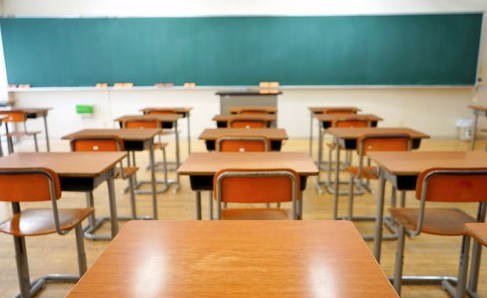**Previously recorded by Phyllis Schlafly // November 2011 **
When the subject comes up of cutting the budget for public schools, we hear whining and moaning about the indignities schools are supposedly forced to endure because of the ‘economic downturn. One of these key themes is what they call the “class-size crisis.” Teachers like smaller classes; that’s understandable. The advantages include fewer papers to grade, fewer students to manage, and fewer parents to deal with. The teachers unions like smaller classes, too. Smaller classes mean more teachers, and more union dues. Every new member in California enables the teachers union to pocket $600 a year in dues. And parents like smaller classes because they believe that their children will benefit from more individual attention. Everyone agrees that smaller classes are better; right?
However, this general belief is not verified by research. Since the 1950s, the U.S. student population has increased 60%, while the number of workers in public schools, including teachers, administrators, and other staff, has risen 300%. A Hoover Institution economist examined 277 studies and found that in 3/4th of the cases, reducing class size made no improvement.
Teacher-pupil ratios in the United States have diminished steadily since the 1950s, when the ratio was 27 kids per public school teacher. By 1970, the ratio was 22 to one. And now, the ratio has come down to 15-1/2 to one. But these smaller classes certainly have not made our kids smarter. Test scores have stagnated for 40 years. Classes are much larger in Korea and Japan, two countries that regularly rank much ahead of us in international tests.
All my children got a good elementary school education in classrooms that contained anywhere from 30 to 60 students. I think class size is pretty much irrelevant to what the kids are actually learning. It all depends on what is being taught and the skill of the teacher.






